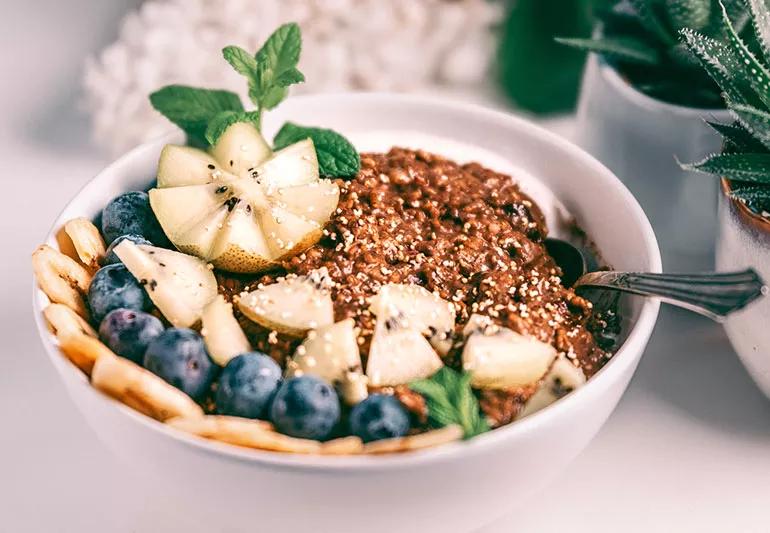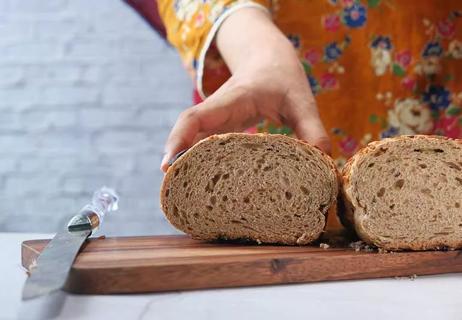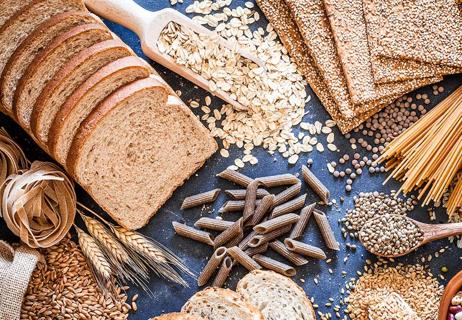Move over oatmeal! It’s time to make room at the table for these grain options

Oatmeal is a tried-and-true breakfast staple and a fabulous way to get a healthy whole grain into your diet. But here’s the truth: Oats aren’t the ONLY grain worth eating if you’re looking to rise and shine in the morning.
Advertisement
Cleveland Clinic is a non-profit academic medical center. Advertising on our site helps support our mission. We do not endorse non-Cleveland Clinic products or services. Policy
Plenty of other fabulous grains get harvested from fields around the world, says registered dietitians Beth Czerwony, RD, LD, and Laura Jeffers, RD, LD. They just don’t get the same level of attention as the mighty oat.
“It can be pretty intimidating when you start looking at using some of these ancient grains,” says Czerwony. “But it’s good to mix things up and be a little adventurous. Try something different. You might like it.”
So, if you’re open to experimenting, these seven grains are a good place to start.
Pronounced “keen-wah,” this nutty-tasting ancient superseed is native to the Andes Mountains of Bolivia and Peru. “A lot of time, people don’t think quinoa can be cooked into hot cereal, but it’s actually very popular,” notes Czerwony.
We’re cheating a bit here because this “pseudocereal” is technically a seed as opposed to a true grain. But it was a staple food of the Incas, Mayas and Aztecs.
Advertisement
Cornmeal mush? Yes, please! Polenta is what the Italian, French and Swiss call a simple boiled cornmeal. It’s a versatile dish, too. It can be eaten hot or left to cool and then sliced, baked or grilled.
Legend has it that this ancient grain was found in Egyptian tombs. Made from Khorasan wheat, the grains are pretty hefty (at least for grains) and twice the size of a basic wheat kernel. (Kamut® is actually the brand name.)
Wait a second … isn’t millet birdseed? Yes, it is — but it’s people-approved, too. In Ancient Rome, it was actually used for porridge, while it was traditionally ground and used in flatbreads in India and Ethiopia. It’s worth a try today, too.
Another not-true-grain, buckwheat is a triangular seed related to rhubarb. Its roasted groats (kasha) are an Eastern European staple enjoyed with milk or sautéed mushrooms and onions.
Advertisement
Brown rice is an inexpensive staple that so many of us have in our pantry but tend to forget about. (Don’t let it slip your mind for too long, though: Brown rice spoils faster than other types of rice due to its high oil content.)
Want to add a little something extra to your breakfast grains? The options are endless! To give you some ideas, mix and match any of the following and you’ll never complain about a dull breakfast bowl!
Advertisement
“Be creative,” recommends Czerwony. “You can definitely make your breakfast interesting, tasty and healthy.”
Advertisement
Learn more about our editorial process.
Advertisement

A whole grain, sorghum is chock-full of antioxidants and nutrients that boost energy, support a healthy immune system and more

Options like almond, oat and coconut flours offer a decent amount of protein and fiber

Sourdough can be healthier than some other bread choices — but that doesn’t give it ‘health food’ status

Eating this grain could help keep tabs on your appetite and protect against diabetes and cancer

Made from sprouted whole grains and legumes, it’s low calorie and full of fiber and protein

A diet rich in whole grains improves gut health, protects your heart and may reduce cancer risk

No longer forbidden, this rice is more nutritious than other types

The answer is clear, but there are factors to consider

Babies can get congested easily, but you can calm their cough by keeping them hydrated, using nasal drops and running a humidifier

Weight loss may cause loose, sagging skin and muscle loss to your rear

Several conditions, like vitiligo and fungal infection, can cause a loss of pigmentation, leading to white spots or patches on your skin